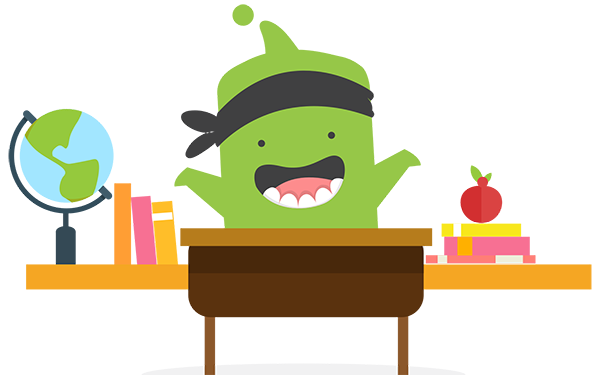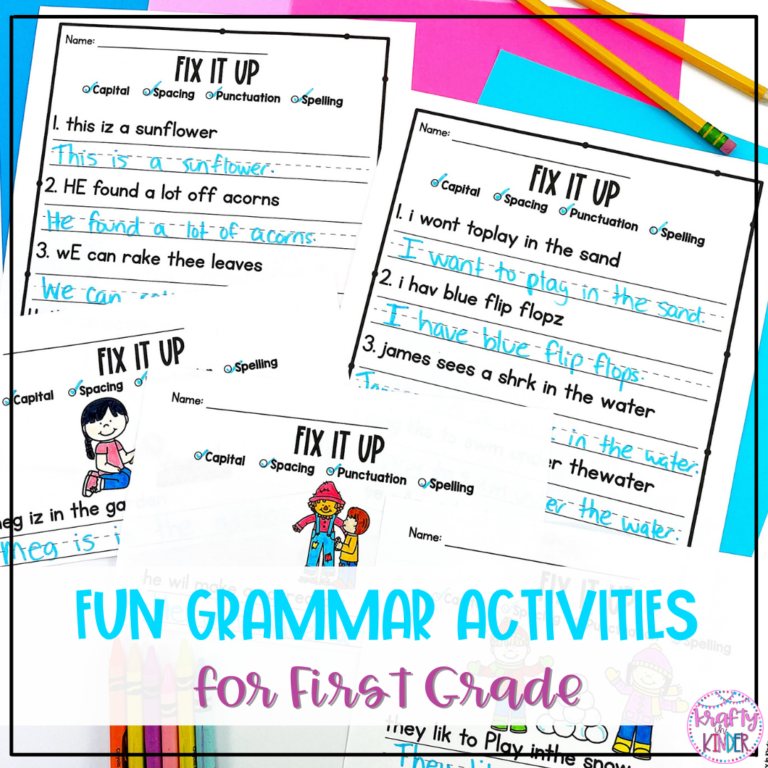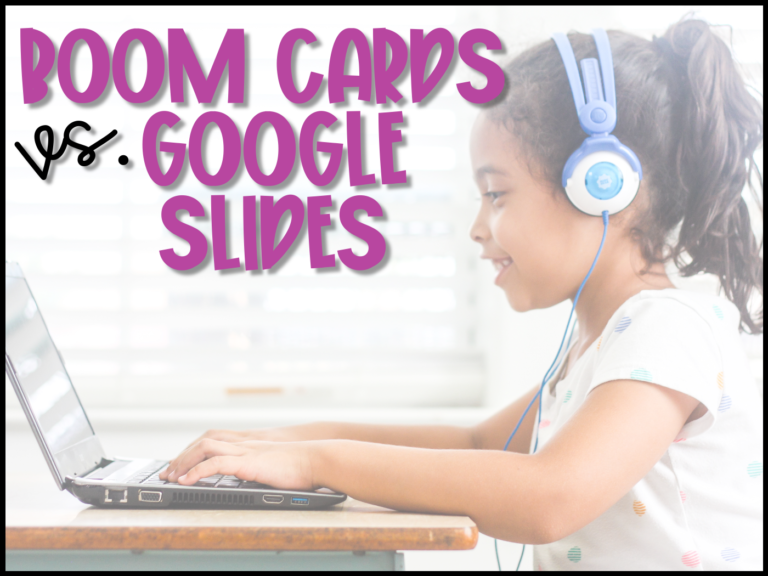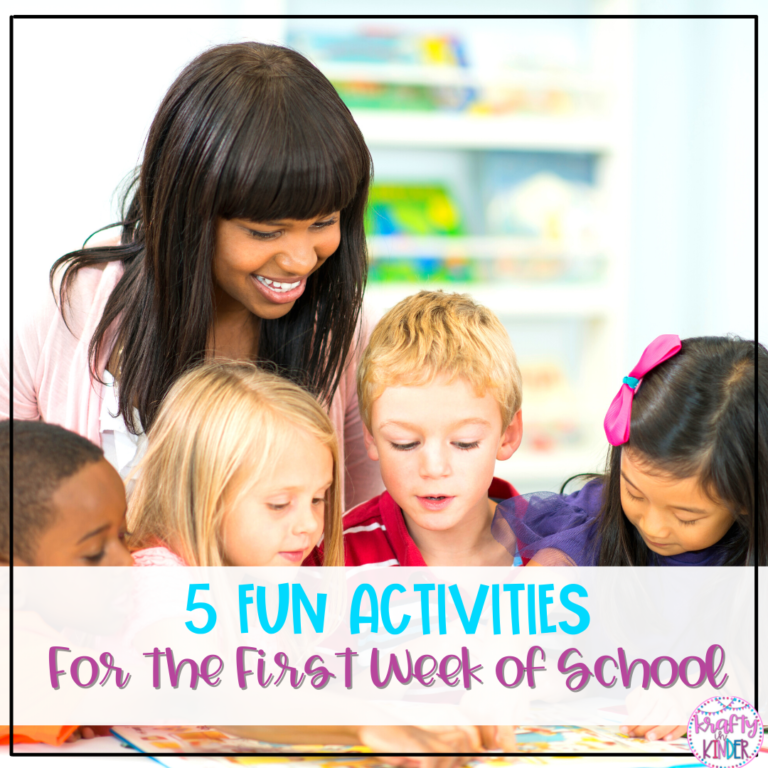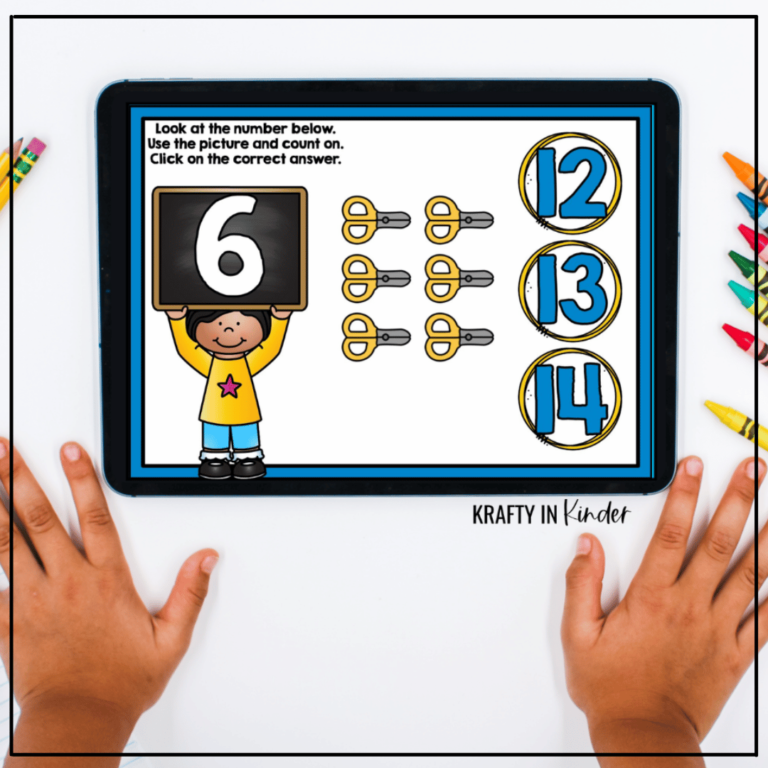Distance Learning in First Grade
These past few months have been surreal. When my district announced that we would be using our scheduled professional development day to develop plans in the case of a school closure due to COVID-19, I really thought we were preparing for nothing. Little did I know that the “minimum 2-week closure” would turn into finishing our school year from HOME and now I can say that I have completed 62 days of distance learning.
Teachers across the nation were asked to prepare for remote learning with just a few days (some a few hours) of notice. Teachers were faced with the challenge of getting up to speed in the digital world overnight. Parents were faced with the challenge of homeschooling their young children and using all different types of technology that neither themselves nor their child had been familiar with.
Unfortunately, I do not think that this is our last experience with distance learning but I am glad that we will now go into it with more preparedness. I believe we will see it in one way or another in the upcoming school year so my goal is to help you prepare for it, if needed. Having spent 62 DAYS teaching my first graders from home, I have three resources that I would like to share.
If your school and students have been affected by school closures, here is a list of resources that may help.
Class Dojo
When faced with the sudden switch to remote learning, I needed to find an EASY way to communicate with my families. Email wasn’t going to cut it. We had already been using Class Dojo as a form of communication so I figured I’d stick to using this platform and I am truly glad I did. With Class Dojo, you will sign up as a teacher and then invite your parents to join the class so they can receive updates and communicate. This was user friendly for both teacher and parent which made communication a breeze. I was able to share class announcements on my class story, message parents individually or as a group, create assignments, check students work, and collaborate with other teachers! The best part was that students and parents could take pictures or videos of their assignments (or anything they’d like to share) and upload it to their child’s’ portfolio! I was able to view the pictures/videos and comment on them as well provide them “Dojo Points” which were redeemable for a reward! This was very helpful in keeping us connected from afar.
Google Sites
I used Class Dojo for communication and collecting assignments but I still wanted a central location or “hub” to keep all my information easily accessible for parents. I was intimidated at first but Google makes it very simple to create your own website. After watching one or two youtube videos and experimenting, I had my site up in a little over an hour. Here is the video I found most helpful. My site housed all my contact information, links to important websites and weekly lesson plans, enrichment activities, Zoom schedule, and my favorite- our read aloud corner. In the read aloud corner, I would post videos of myself or another teacher reading a story. I would update my site weekly with any new optional enrichment activities that I thought my students may enjoy. This was a huge hit as my parents really liked the centralized location for all our information.
Boom Cards
Ok, now I have Class Dojo for communication and Google Websites as a “hub” but what in the world was I going to assign my students?! Enter the game changer for distance learning: BOOM CARDS. Boom Cards are self-checking, digital task cards that can be played on almost any device with an internet connection. You can most likely find Boom Cards for any skill that you are working on…and if you can’t (which I highly doubt) you can even create your own! They provide your students will immediate feedback which is so important when they are learning at home. Boom also provides teachers with information on rate and accuracy which allows you to keep data even from afar. With Boom Cards, you can feel confident that you know what your students are working on and how they are doing even from home. I was able to see which deck my students played and how well they did on it.
If you’re interested in learning more about what Boom Cards are, you can read my blog post here with the most frequently asked questions.
Here is a guide to help you get started with Boom Cards. In this guide you will receive a letter and directions to log in to Boom for parents and EDITABLE log in cards for your students usernames and passwords. Click HERE to grab it for FREE.

